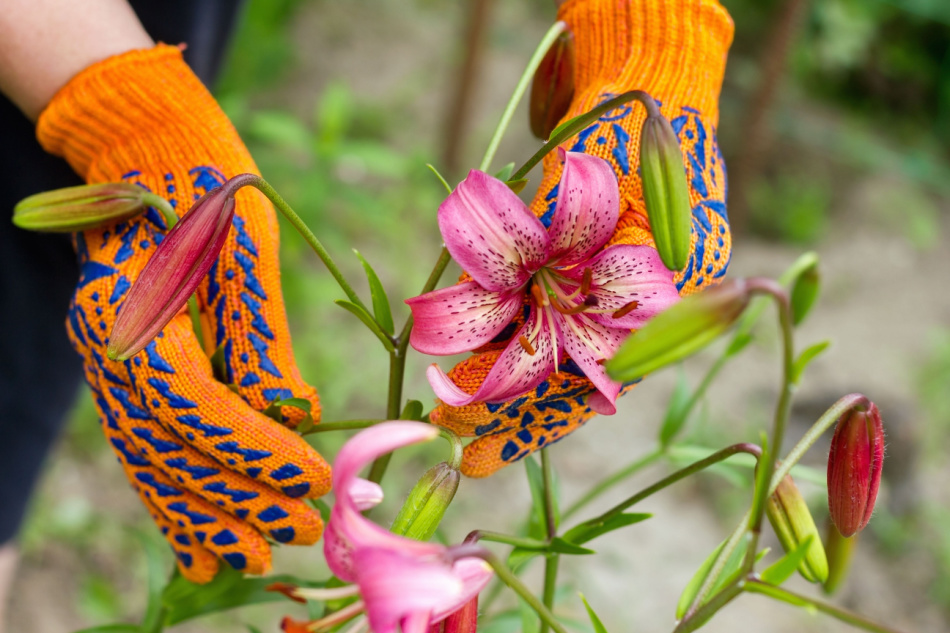The nectar created by flowering plants is a significant food source for many of the critters we share our environment with. Those of us who want to attract wildlife to our gardens understand the importance of having flowering plants in bloom for as long as possible.
Selecting nectar-rich plants is also a good idea because it can help us provide for insects, other pollinators, and predatory insects where we reside. These choices also assist us in providing for ourselves and our families.
Nectar and nectar-rich plants
We can start to see how complex life is by looking at how plants and animals interact with each other and how many have developed mutualistic, symbiotic relationships with each other. Many of these relationships between plants and animals are based on nectar.
Plants have developed the capacity to produce nectar in order to attract pollinators, who eat on the nectar and aid in pollination by brushing up against the reproductive portions of a flower and picking up or depositing pollen to complete the fertilization process. In exchange, the pollinators get energy from the sugary nectar that they eat.
Nectaries are usually found on the flowers of plants that are pollinated by animals. They are usually not on the flowers of plants that are pollinated by the wind and don’t need to attract animals.
Plants sometimes make nectar to draw in insects that eat bugs that would otherwise eat the plant. Nectar glands may not always be inside a flower in these cases. Pathogens can also be stopped by nectar, and some proteins in some plants have antimicrobial and antifungal properties.
By learning about the relationships that have grown between plants and animals around nectar, we can learn more about the wonders of nature and, of course, understand how we can help make more of these interactions happen.
Some plants make more nectar than others, and some plants get more nectar back into their nectaries more quickly. Some offer both of these advantages to wildlife that consumes this sugary substance. One example is the plant Borage (Borago officinalis). The nectaries on borage refill much faster than those of many other species, implying that there is more nectar to go around.
Why cultivate nectar-rich species?
We can improve the number of beneficial interactions in the ecosystems around us and boost biodiversity by growing nectar-rich plant species in our gardens and attempting to include nectar-rich plants to provide for as many different pollinator species as possible.
When the number of beneficial interactions inside a system increases, so does the system’s overall resilience and stability.
By growing nectar-rich plant species in our gardens and attempting to include as many nectar-rich plants as possible to support as many pollinator species as possible, we may enhance the number of positive interactions in local ecosystems and improve biodiversity.
We can support many pollinator populations that are threatened by human activity and climate change by ensuring that nectar-rich plant species remain present throughout the year, and we can help to reverse biodiversity losses.
In food-producing gardens, attracting native pollinators will ensure that we get the fruits, berries, and other insect-pollinated crops we need and want, while also ensuring that pollination goes off without a hitch.
Depending on the nectar-rich species we plant, we may attract pollinators such as a variety of different bee species, hoverflies, wasps, butterflies and moths, mosquitoes and flies, hummingbirds, honeyeaters, and bats, all of which are frequent nectar-consuming pollinators.
Attracting predatory species to keep pest numbers down is also critical in an organic garden. Nectar is also a key food source for several predatory insects.
Selecting nectar-rich plants
When selecting nectar-rich plants for your garden, it is always a good idea to start with species local to your area. Look for flowers that are native to your region and should thrive in your garden, and you’ll discover lots of nectar-rich species suitable for the environment you’re in.











